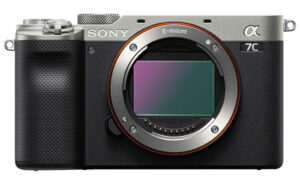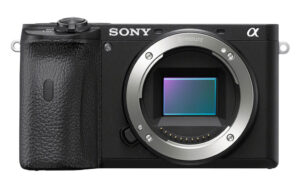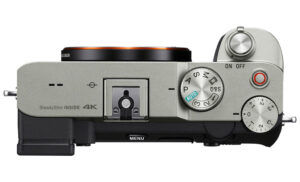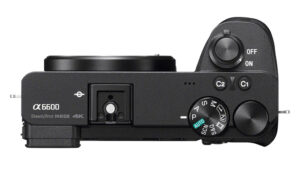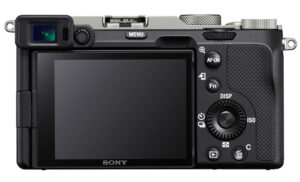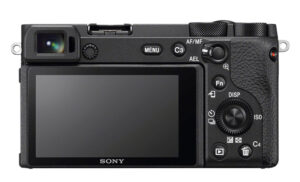Up until now, the Sony A6XXX series has distinguished itself with its small and lightweight design. Despite having a reasonable size, the A7 series has always being larger, justifying the presence of a full-frame sensor, a larger EVF and other features.
With the A7C, the line between the A7 and AXXX series has been blurred. The new camera assumes the design of the A6XXX series and incorporates a 35mm format chip. So now we have two series that look alike, but are very different on the inside.
Let’s see how the A7C compares to the flagship APS-C A6600 camera.
What the A7C and A6600 have in common:
- E-mount
- dust and moisture resistance
- 24MP
- Image stabilisation (5.0Ev of compensation)
- 4K video up to 30p with unlimited recording
- 1080p up to 120fps
- S-Log2, S-Log3 and HLG profiles
- WiFi, NFC, Bluetooth
- Mic input, headphone output
Sony A7C comparison previews:
A7C vs A7 III – A7C vs A6600
Ethics statement: the information supplied in this article is based on the official press release for the A7C and A6600. We were not asked to write anything about these cameras, nor were we provided with any sort of compensation. Within the article, there are affiliate links. If you decided to buy something after clicking the link, we will receive a small commission. To know more about our ethics, you can visit our full disclosure page. Thank you!
1. Sensor size
Both cameras feature a sensor with 24.2MP but the size is different: APS-C for the a6600 and full-frame/35mm format for the A7C.
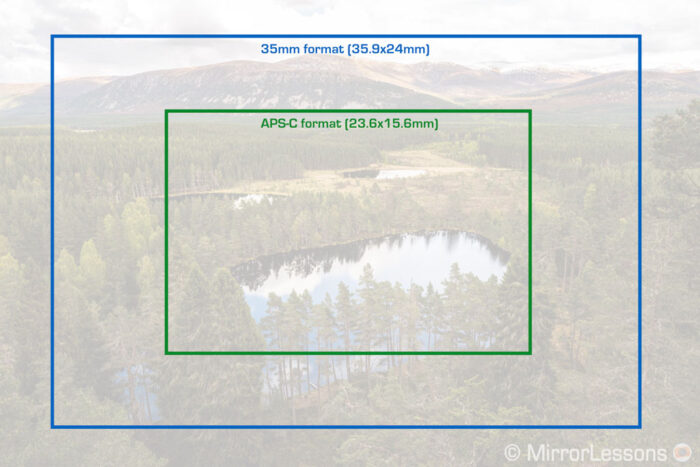
In addition to the size, another difference is the sensor structure: the A7C uses a BSI (backside illuminated) sensor where the photodiodes are closer to the surface to collect light more efficiently.
The A6600 sensor is not BSI but uses thin copper wiring which is supposed to improve conductivity, enhance circuit processing and optimise light gathering (so a similar end goal to the BSI structure).
Concerning the ISO range, the A7C goes from 100 to 51200, or from 50 to 204800 if we consider the extended values. The A6600 normal range is 100 to 32000 ISO, and the extended values go up to 102400 ISO.
2. Autofocus and speed
Both cameras use Sony’s hybrid autofocus system with phase detection and an advanced algorithm.
The A7C has 693 phase detection points and 425 contrast detection points that cover 93% of the sensor area.
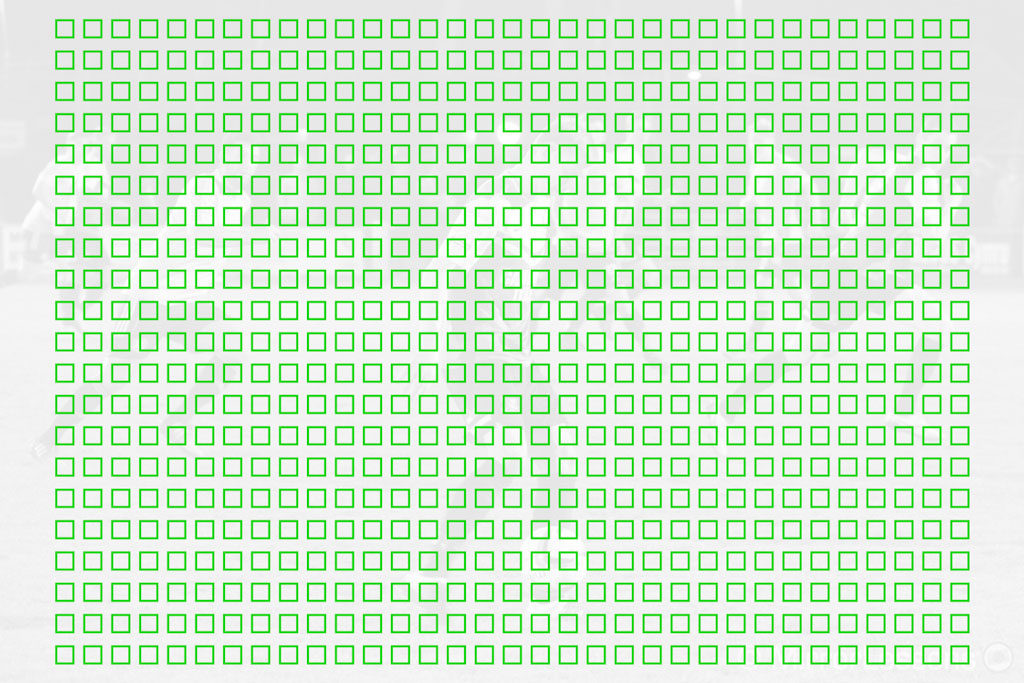
The a6600 uses 425 phase and contrast detection points that cover 84% of the frame.
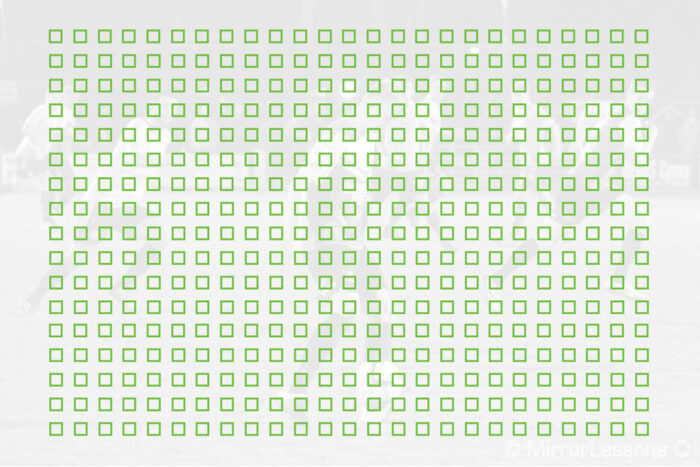
Both cameras features real-time tracking that analyses colours, patterns, faces, eyes and depth when tracking the subject thanks to AI and machine learning technology. This also helps improve the performance of Eye AF, which works for humans and animals (humans only for video).
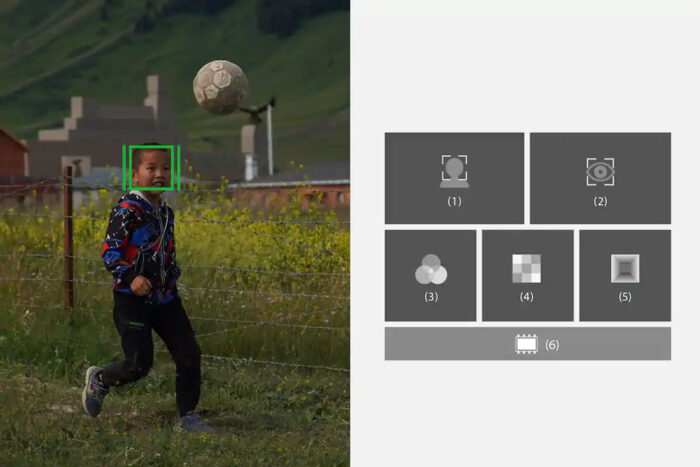
The A7C has an advantage in low light: its minimum sensitivity is -4Ev versus -2Ev on the APS-C camera (with an f2 aperture).
The A7C has revised settings to control the AF in video mode with the recent AF Transition Speed and AF Subject Shift Sensitivity settings that have more steps to fine-tune the performance in comparison to AF Drive Speed and AF Track Sensitivity on the A6600.
A small difference, but a difference nonetheless. The A7C can shoot at a maximum of 10fps, which is ever so slightly slower than the 11fps on the A6600.
Linked to the burst speeds are the buffer memory capabilities.
The A6600 can record 116 JPGs or 46 RAW files at full speed before slowing down. The A7C does better with 220 JPGs or 115 RAW files.
3. Image stabilisation for video
Both cameras feature 5-axis stabilisation that can be used for still and video, with a compensation up to 5 stops (CIPA).
One thing you’ll only find on the A7C however is the possibility to record data from the gyro sensor in the video files. This data can be used by Sony’s Catalyst software to stabilise the footage in post with better results.
Sydney Diogzon gives a demonstration on how this works on its YouTube channel.
4. LCD monitor
Both monitors can be moved 180º for selfies / v-logging but the mechanism chosen by Sony is different for each camera.
The APS-C camera works on 1 axis: it tilts down 74˚ and up 180º.
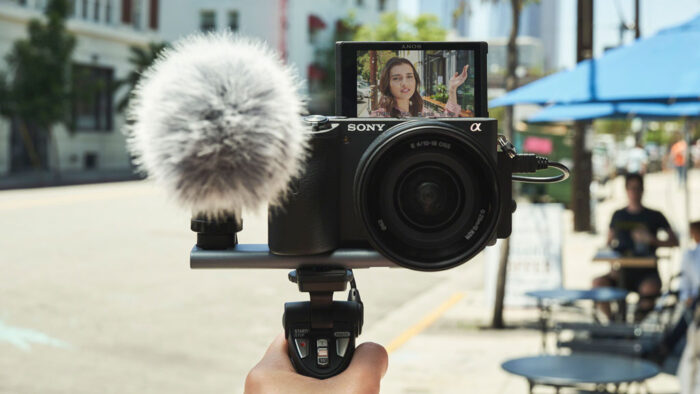
On the A7C, the screen has a multi-angle mechanism: it opens 90º to the side and can be rotated up 180˚, giving you more freedom to position it at different angles depending on the type of shooting.
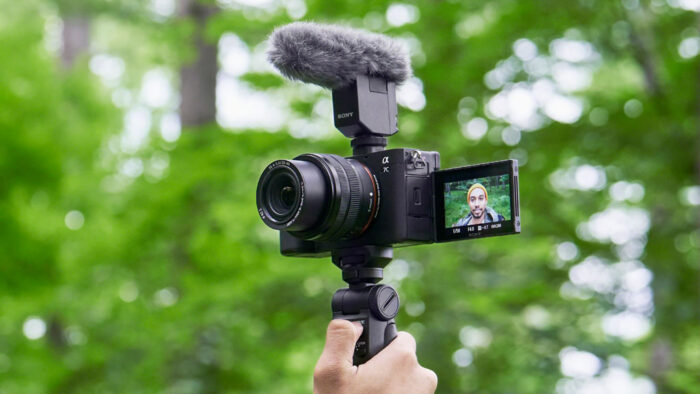
Both screens are touch sensitive and allow you to move the focus point, start AF tracking, take a picture or activate magnification.
5. Viewfinder
Both cameras feature an electronic viewfinder located on the rear, with a 0.39-in OLED panel and 2.36M dots of resolution.
What changes then? The magnification. That of the A7C is smaller at 0.59x, whereas the one on the A6600 is 0.70x.
The eyepoint is also longer on the APS-C camera (23mm vs 20mm).
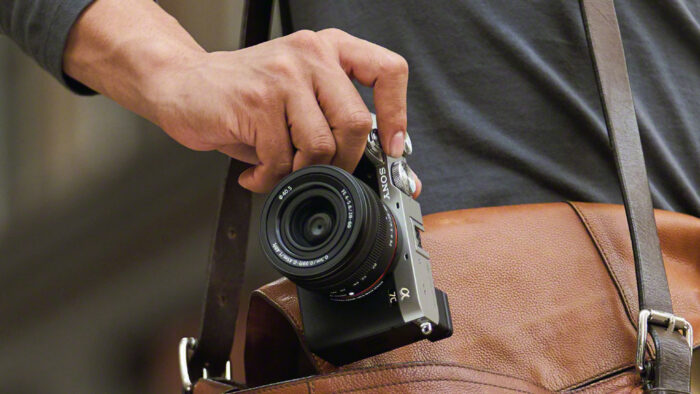
6. Button layout
If the cameras look very much alike, it is because Sony has taken the design of its APS-C cameras such as the A6600 and put a 35mm format sensor inside. So to talk about the differences, we need to dig into the details.
Concerning the dimensions, the A7C is slightly larger and taller but the weight is basically the same:
- A7C: 124 x 71.1 x 59.7mm, 509g
- a6600: 120 x 66.9 x 69.3mm; 503g
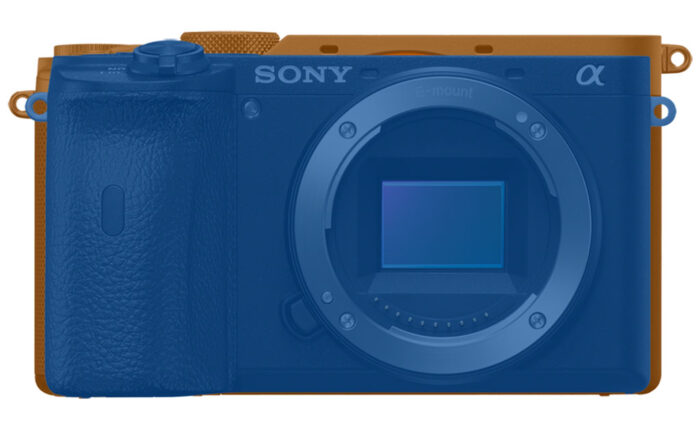
It’s a shame Sony didn’t include the larger grip on the full frame camera. As you can see the one on the APS-C camera is bigger.
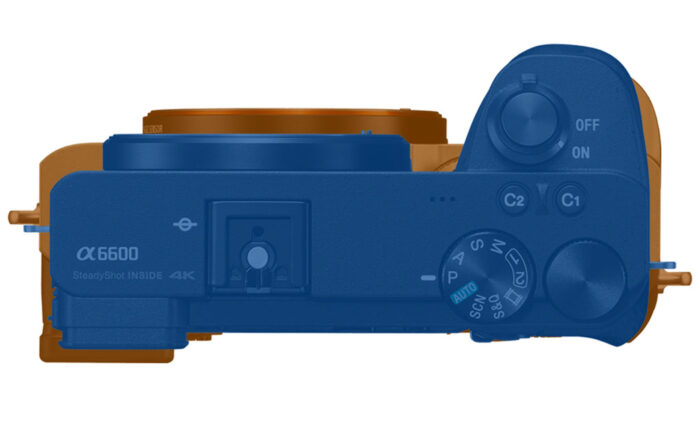
Concerning the controls, the A6600 has two extra custom buttons on top, whereas the A7C has an exposure compensation dial.
On the rear, we can notice the AF/MF and AEL switch on the A6600, whereas the A7C has a larger AF-ON button (these can all be customised in the menu).
Another difference is the movie recording button, which is larger and located on top on the A7C. On the APS-C camera, you find it at the edge of the thumb rest.
7. SD Card Speed
Both cameras have only one slot for the SD card but there are two differences to point out.
First, the A7C has a dedicated compartment for it on the side, whereas on the A6600 you access it at the bottom from the battery compartment.
Second, the A7C is compatible with UHS-II cards, which have a faster writing speed, whereas the A6600 takes UHS-I cards only.
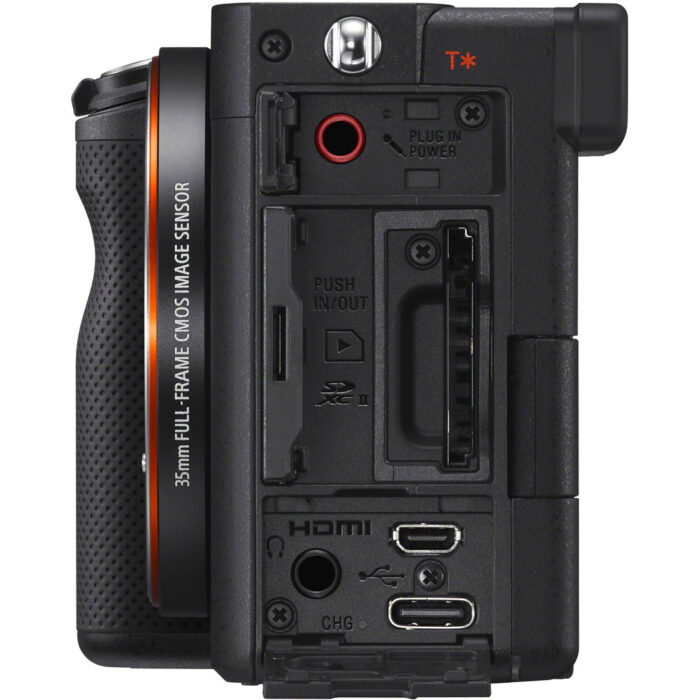
8. Battery life
The A6600 and the A7C use the same battery, the NP-FZ100, which is excellent news.
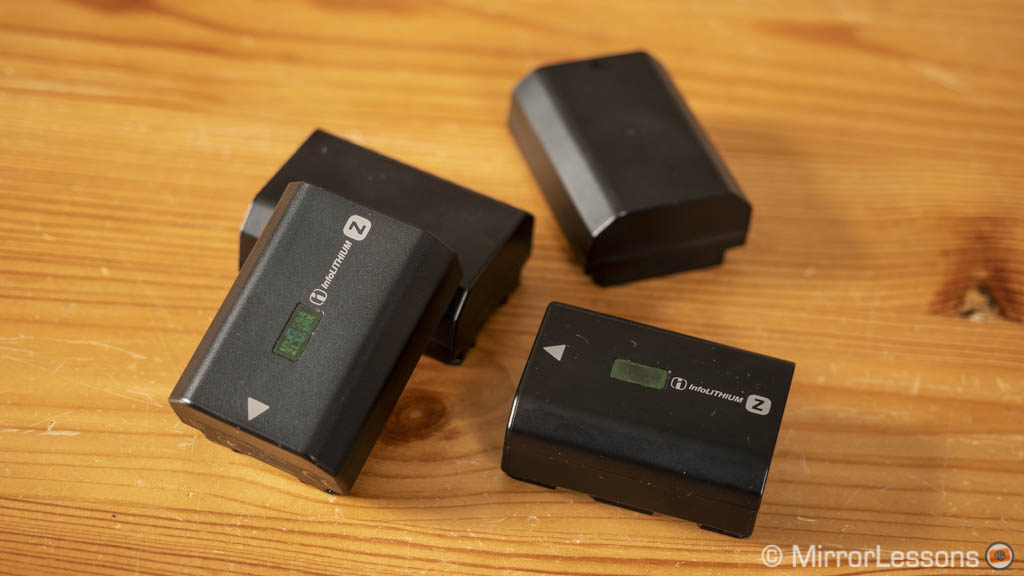
The official rating for the battery life is a bit different however.
The A7C can record up to 680 photos when using the viewfinder, or 740 photos when using the rear monitor.
The A6600 does a bit better with 720 shots when using the EVF, or 810 shots with the LCD screen.
As always, remember that these figures are lower than what you can achieve in the real world.
Both cameras can be charged via USB, but the port is different: micro 2.0 on the A6600 and Type C on the A7C.
9. Lenses
The A7C and A6600 share the same mount, which means you can use full frame lenses on the APS-C camera (and vice versa if you wish, although you’ll have to use the APS-C crop on the C model).
Generally speaking, a lens designed for the APS-C format tends to be smaller than the full frame counterpart, although ultimately it depends on the optical design.
It is worth saying that the selection of full frame lenses for E-mount is now much vaster, not only thanks to Sony but also third party manufacturers that have invested in the system in recent years. For APS-C you will find a few good choices when it comes to zoom and fast primes, but it’s not as vast as full frame.
This can be viewed in two different ways:
- the lens choice for your A6600 is even bigger because you can use both APS-C and full frame lenses
- the lens choice is reduced if you want to stick to APS-C lenses to keep the dimensions compact.
10. Price
The A7C has been launched at the price of $1800, £1900, €2100 body only (body only).
The A6600 is much less expensive and can be found at $1200, £1400 and €1390.
Price as of September 2020.
Conclusion
The difference in sensor size and price are the two main things you need to think about if you’re hesitating between these two cameras.
The A7C with its full frame sensor is tempting, but the low price of the A6600 means you can buy a second lens. I also like the additional buttons on the APS-C camera, but some of you might prefer the multi-angle screen of the C model.
I’ll be also curious to see what’s in store for the future of the E-mount APS-C range. If the A7C is successful and Sony decides to release more products with the same form factor, they could slowly replace mid and high end A6XXXX cameras. Only time will tell!
Check price of the Sony A7C on
B&H Photo
Check price of the Sony A6600 on
Amazon | Amazon UK | B&H Photo | eBay

